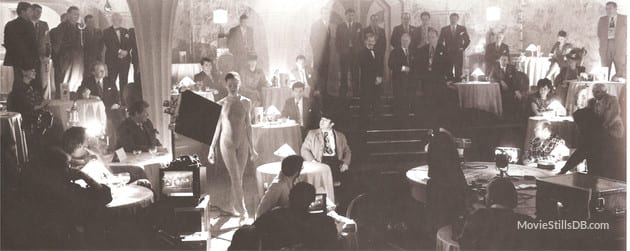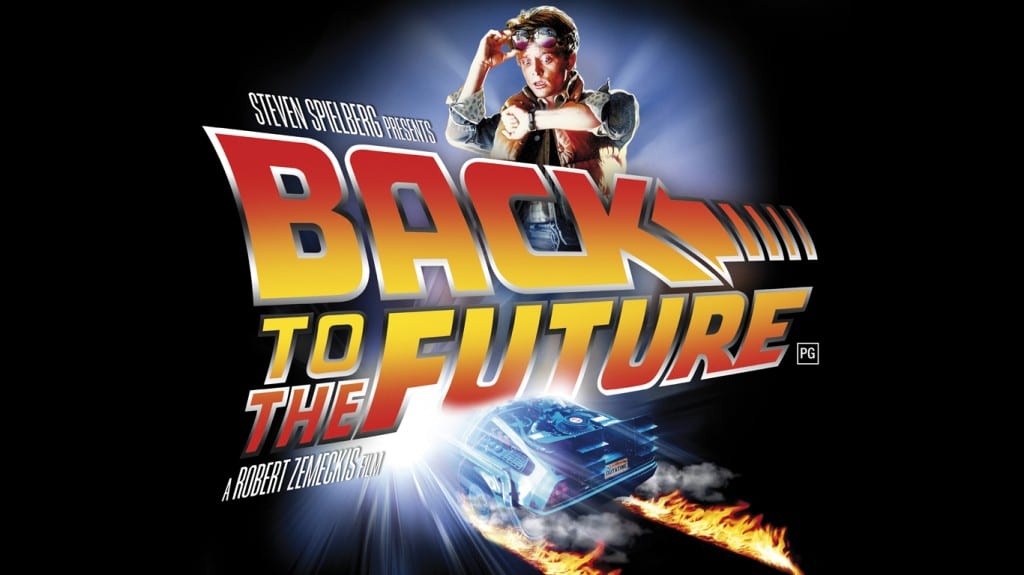One of my fondest childhood cartoons is not your usual Sleeping Beauty, or even the 90s classic Fairly Odd Parents (although both are undeniably fantastic), I actually have fond memories of watching the 1988 classic Who framed Roger Rabbit on an old video tape over and over.
Who framed Roger Rabbit is a fantasy comedy film, part live action, part animated ‘toons’. Starring the late Bob Hoskins alongside Christopher Lloyd as well as Donald Duck, Betty Boop and Tweety Bird. In the 1947 alternate reality cartoon characters are living beings and spend their time recording TV shows just as human actors do (see below).
Bob Hoskins stars as Eddie Valiant; a heavy drinker who resents toons since his brother, Teddy, was killed when a toon dropped a piano on them. He is reluctantly hired to investigate rumours that Jessica Rabbit is having an affair with Acme. Roger Rabbit, Jessica’s partner, is distraught when he sees Valiant’s photographs of Jessica playing ‘patty-cake’ with Acme. He runs away which makes him prime suspect when Acme is found murdered the following day.
The rest of the film follow Eddie, Roger and Jessica trying to find the real killer along with Acme’s will which is believed to leave Toontown to the toons – otherwise it will be sold to Cloverleaf Industries. All while trying to steer clear of Jude Doom (Christopher Lloyd) and his toon disolving‘Dip’.
It’s an interesting mixture of comedy and action; entertaining as a child but equally as interesting when watching a decade later (especially seeing as you now understand the adult references).
Produced by Walt Disney Studios in Elstree Studios, Hertfordshire, the live action for Who framed Roger Rabbit was of course filmed without the cartoons and took seven months. To overcome the issue of toons realistically interacting with live action props, the makers of the film used motion control machines operated to move the props in the desired way. Sometimes the same effect was achieved using string.
Full sized rubber models of Roger Rabbit were used during filming so that the actors could understand how large their co-star was. Betsy Brantley stood in for Jessica Rabbit during filming, you can see her in Jessica’s performance scene in the picture below. She was removed in post-production using a split-screen device and then animation was drawn on top.
Animation was led by Richard Williams and married with the live action in post-production. The process took 14 months and was done using cels (transparent sheets on which are hand-drawn animations are drawn) and optical compositing. The animators would draw on animation paper over black and white prints of the live action scenes.
This film is a classic and a must see; a comedy that never tires and my favourite performance from the late Bob Hoskins.




